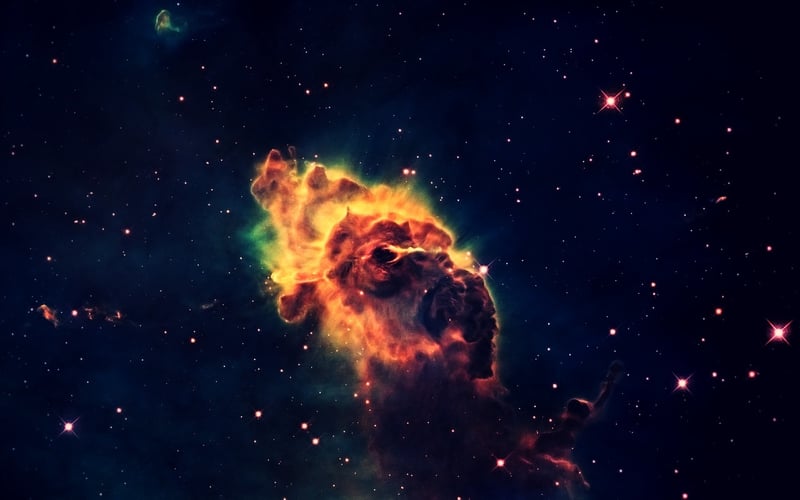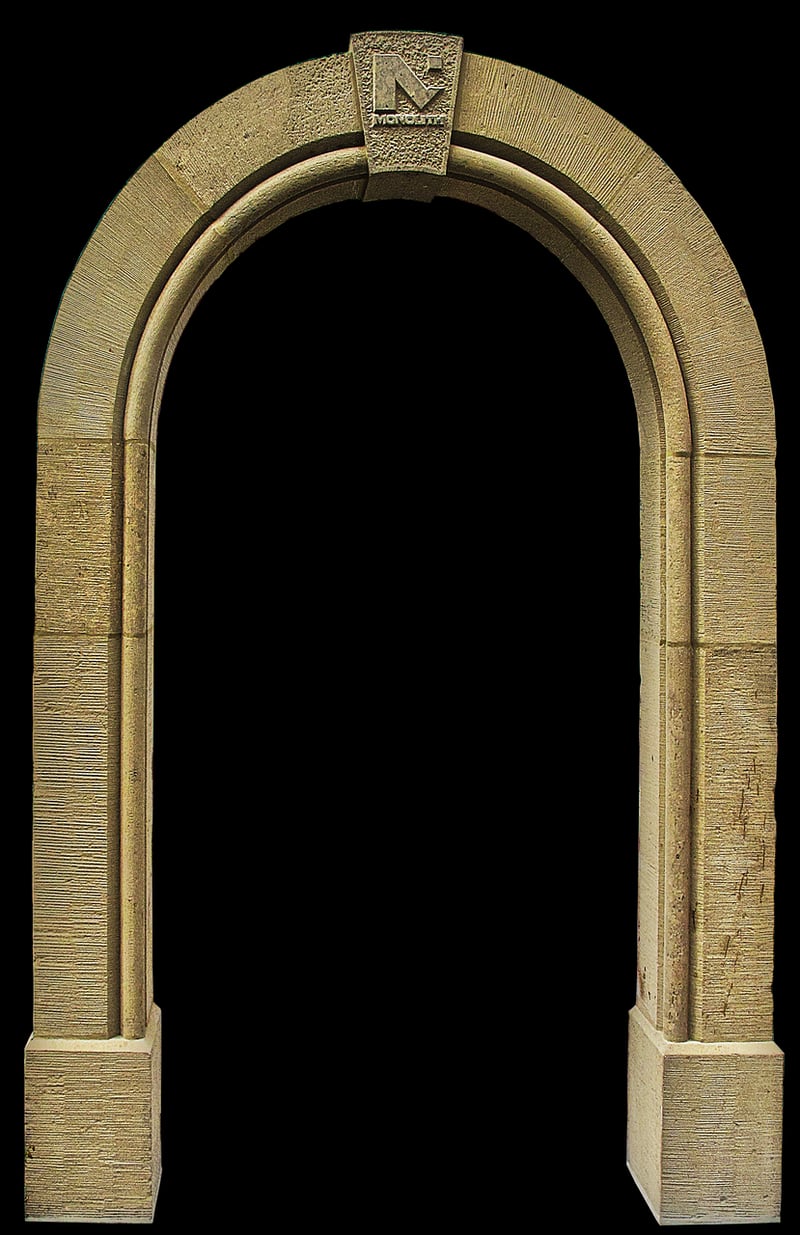Dimensional Portals
Exploring Methods of Time Travel and Dimensional Portals
Time travel and dimensional portals have captured the human imagination for decades, fueling countless works of fiction and scientific speculation. While time travel remains a theoretical concept in physics, there are several proposed methods and theories that explore the possibility of traversing time and space. Additionally, dimensional portals, often depicted as gateways to other dimensions or alternate realities, offer a fascinating glimpse into the realm of speculative science.
Methods of Time Travel:
1. Wormholes:
Wormholes are theoretical passages through spacetime that could create shortcuts for long journeys across the universe. By connecting two distant points in spacetime, a wormhole could potentially allow for time travel between different eras.

2. Time Dilation:
Time dilation is a concept from Einstein's theory of relativity where time passes differently for objects in motion or in strong gravitational fields. Traveling at speeds approaching the speed of light or near a massive object like a black hole could result in time dilation effects.

3. Quantum Time Travel:
Quantum mechanics offers intriguing possibilities for time travel through phenomena like quantum entanglement and superposition. Theoretical concepts such as closed timelike curves suggest that particles could travel back in time.

Dimensional Portals:
1. Multiverse Theory:
The multiverse theory posits the existence of multiple universes, each with its own set of physical laws and constants. Dimensional portals could serve as gateways between these parallel universes, allowing for travel between different realities.

2. Interdimensional Rifts:
Interdimensional rifts are hypothetical openings between dimensions that could lead to alternate realities or parallel worlds. These rifts are often depicted in science fiction as mysterious gateways to other realms.

In conclusion, while time travel and dimensional portals remain speculative concepts in the realm of science, they continue to inspire curiosity and spark the imagination of both scientists and enthusiasts. Exploring these ideas pushes the boundaries of our understanding of the universe and challenges us to consider the possibilities beyond our current grasp of reality.
